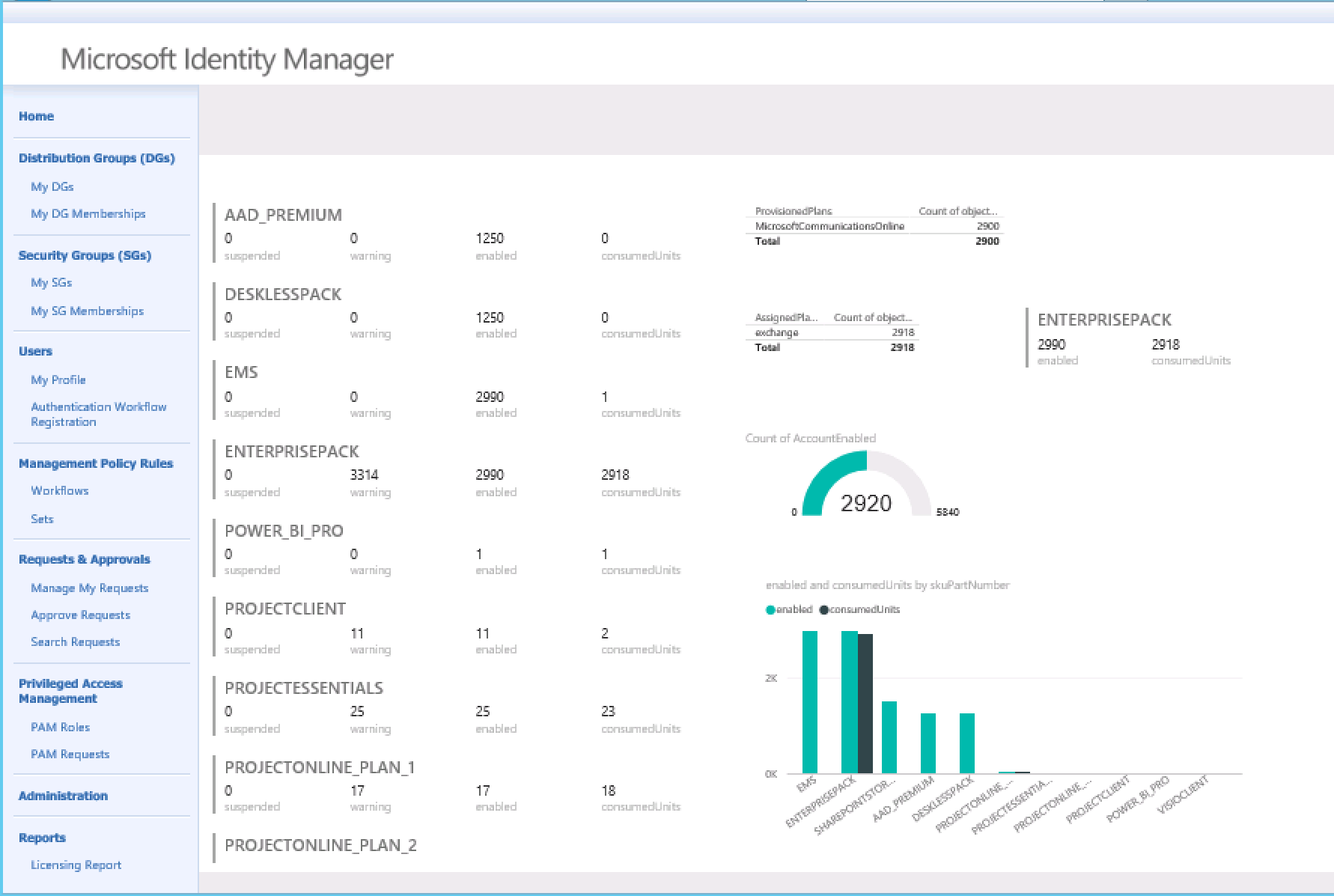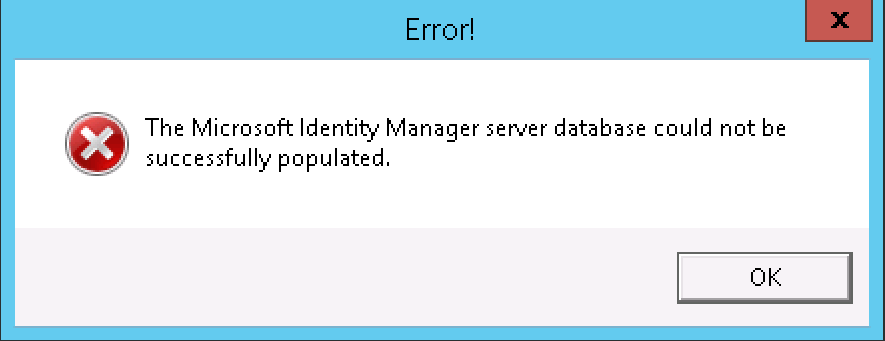
How to embed Power BI Reports into the Microsoft Identity Manager Portal
About seven years ago at a conference in Los Angeles I attended I remember a session where a consultant from Oxford Computer Group gave a presentation on integrating Quest Identity Manager (now Dell One Identity Manager) with the Forefront Identity Manager Portal. I’ve recently had a requirement to do something similar and Carol pointed me in the direction of her experiments with doing something similar based off inspiration from that same presentation/session.
Well it is now 2017 and FIM and SharePoint have all moved through a few versions and doing something similar has changed.… [Keep reading] “How to embed Power BI Reports into the Microsoft Identity Manager Portal”



